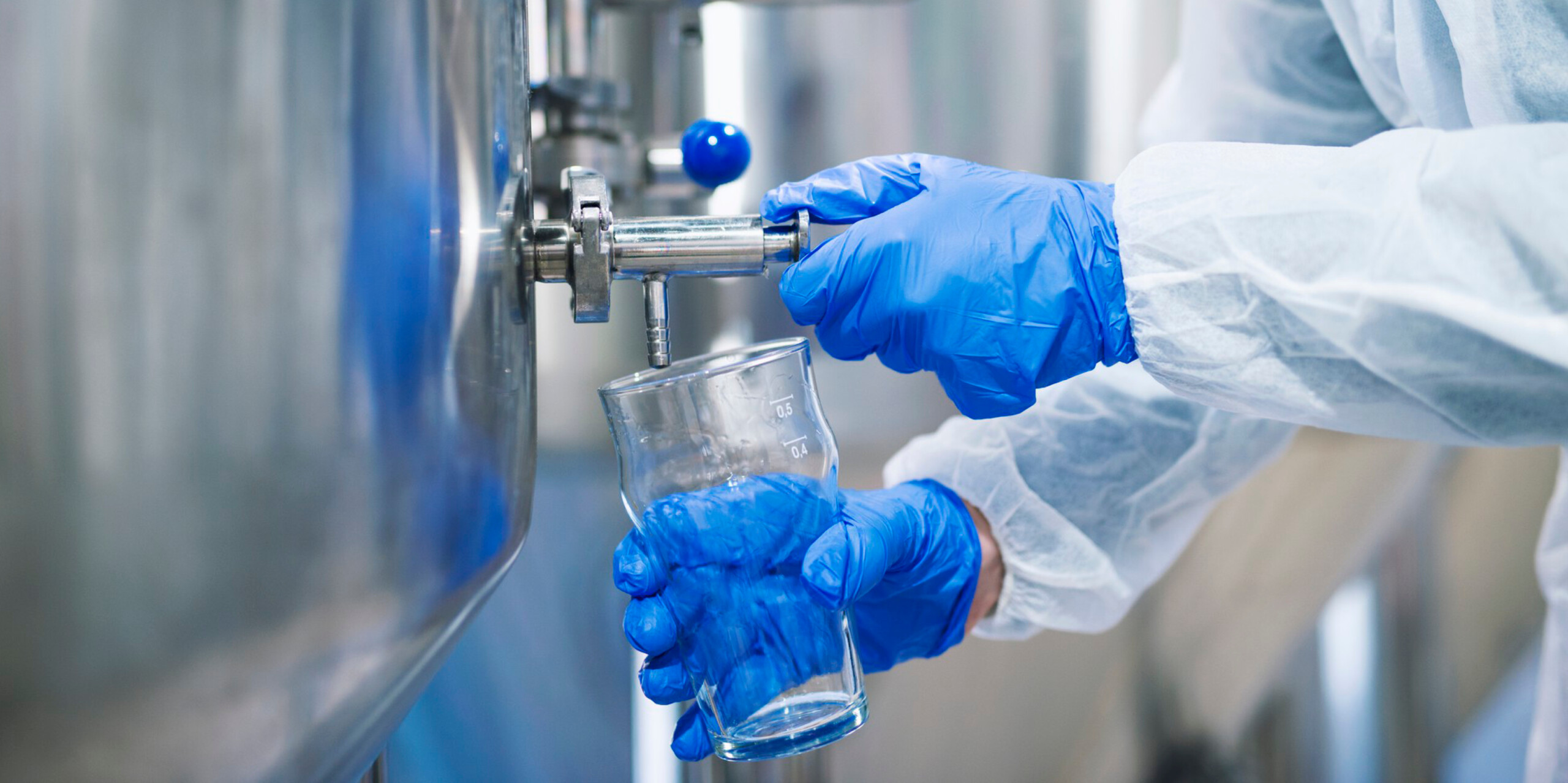Efficient Cleaning for Industry – Across the Board
The days of excessive water consumption in cleaning are numbered. Businesses across all sectors must minimise their environmental footprint, and a critical area for improvement is cleaning processes within industry. From transport to manufacturing, traditional methods often rely on copious amounts of water, leading to waste and increased costs. But what if we could achieve superior cleaning results – preventing grime buildup on vehicles, trucks, and manufacturing equipment – while drastically reducing water usage? The answer lies in innovative approaches and specialised chemical solutions.
One of the most compelling benefits of reducing water usage in cleaning is, quite simply, water conservation. Water is a precious resource, and in many regions, it’s becoming increasingly scarce. South Africa, for instance, faces significant challenges with water scarcity and problematic supply. By adopting water-efficient cleaning practices, we can lessen the strain on our water supplies and contribute to a more sustainable future. This is particularly important for businesses that consume large volumes of water in their daily operations, and in regions already experiencing water stress.
Beyond environmental responsibility, reducing water usage offers significant cost savings. Less water means lower water bills, and it can also translate to reduced energy consumption. Heating water requires energy, so using less water automatically lowers your energy footprint and related expenses. Furthermore, reduced water usage can decrease the amount of wastewater produced, leading to lower wastewater disposal costs.
Another advantage of water-efficient cleaning is improved efficiency and productivity. Traditional cleaning methods often involve multiple steps, including pre-soaking, washing, rinsing, and drying. By using less water, we can streamline these processes and complete cleaning tasks more quickly. This can free up valuable time and resources, allowing businesses to focus on other priorities. Crucially, this can even prevent grime and other materials from adhering to surfaces in the first place, reducing the need for repeated cleaning. This is especially beneficial for vehicles, trucks, and critical manufacturing equipment constantly exposed to harsh conditions and demanding operational environments.
So, how can we reduce water usage in cleaning applications? One effective strategy is to utilise specialised cleaning chemicals designed to work with minimal water. These chemicals often incorporate advanced surfactant technology that enhances their cleaning power, allowing them to effectively remove dirt and grime with less water.
One particularly interesting class of chemicals is friction reducers. These chemicals, when added to cleaning solutions, decrease the friction between the cleaning tool (e.g., a mop or brush) and the surface being cleaned. This reduced friction allows for easier and more effective cleaning, which means that we can remove dirt and grime more efficiently, and therefore use less water. Moreover, these chemicals can be formulated to leave a protective layer that prevents future grime from easily sticking to surfaces – a huge benefit for vehicles, industrial equipment, and manufacturing machinery constantly exposed to dirt and debris.
In conclusion, reducing water usage in cleaning applications offers a multitude of benefits, ranging from environmental conservation and cost savings to improved efficiency and productivity. For regions like South Africa, facing persistent water challenges, these benefits are even more pronounced. By embracing innovative cleaning technologies, such as friction-reducing chemicals, we can achieve superior cleaning results while minimising our environmental impact and maximising our resources. It’s a win-win solution for businesses, the environment, and the future of our planet.

